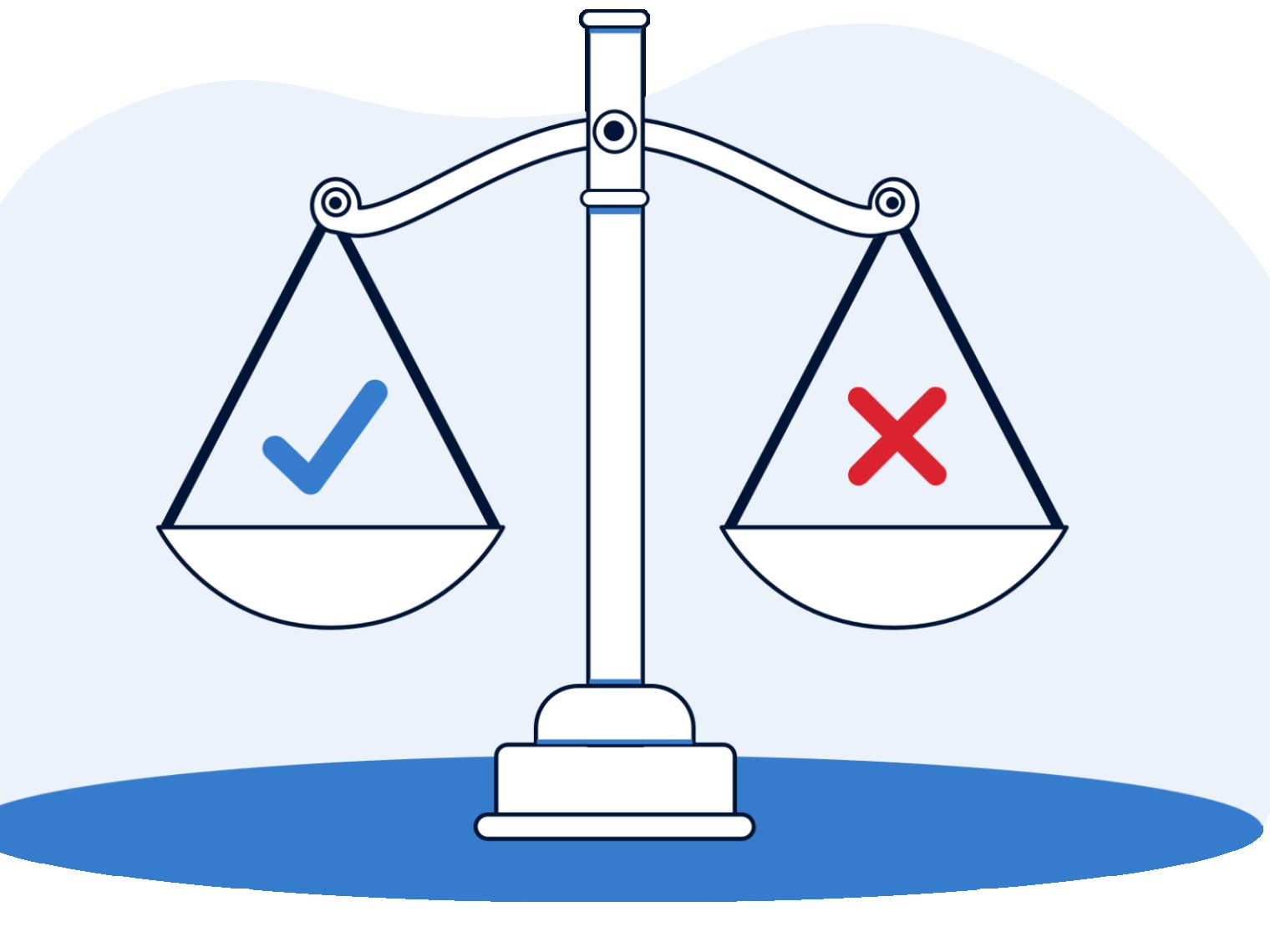Sometimes lenders will need to do a closer inspection of your finances to verify you can handle the responsibility of a mortgage. This is called Manual Underwriting, and it does differ from the standard underwriting process.
One significant benefit of the VA loan program is that Veterans who have faced financial difficulties can still qualify for a mortgage. But lenders will need to take a closer look to ensure you can handle monthly mortgage payments.
In these cases, you may hear a loan specialist say that your loan will need a "manual underwrite" or to be "manually underwritten."
The first question in the minds of many prospective borrowers is: "What exactly does that mean, and how does it differ from the standard VA underwriting process?"
VA Manual Underwriting Guidelines
When Veterans come to a lender, their information is entered into what's called an Automated Underwriting System, or AUS. Essentially, AUS is a computer program that helps streamline the application process and lets lenders know whether a borrower will meet credit and income requirements.
Loan applications that receive an AUS approval can allow lenders to proceed with less paperwork and fewer documentation needs.
But certain circumstances can knock an application from AUS consideration and the loan will need to go through manual underwriting. A manual underwrite means a real, live underwriter will have to crunch the numbers and evaluate the risk from day one rather than later in the process like normal. Your loan file is being underwritten manually, by hand, from the start.
Common factors that can lead to manual underwriting include:
- A lack of credit depth or history
- Bankruptcy in the last 24 months
- Default or delinquency on federal debt
- Late mortgage payments
- Foreclosure, short sale or deed-in-lieu of foreclosure
Veterans facing manual underwrite will likely need to meet tighter requirements for things like debt-to-income (DTI) ratio, derogatory credit, financial documentation and more.
What Is the Maximum Debt Ratio for a VA Manual Underwrite?
Some lenders on an AUS file may be able to work with a DTI ratio up to 60 or 65 percent in some instances. But on a manual underwrite, that threshold is usually limited to 45 or 50 percent.
While some lenders allow a higher DTI with compensating factors, it is unlikely to exceed 50 percent for manual underwriting.
Lenders might also have restrictions regarding a borrower's ability to obtain an Energy Efficient Mortgage (EEM) on a manual underwrite. At Veterans United, EEMs are not allowed on manual underwrites.
Some lenders might also limit how much they'll lend to borrowers whose loans require manual underwriting. It’s important to understand your lender’s criteria if your loan goes into manual underwriting since it can vary.
Verification of Rent (VOR)
You may also have to go the extra mile on a manual underwrite regarding your current living situation.
Veterans who aren't currently homeowners might need what's known as a Verification of Rent or VOR if they're planning to purchase a home.
Lenders want to see that you've made on-time rent payments or that you have solid assets while living rent-free, which can lessen any "payment shock" that can come with suddenly having a monthly mortgage payment.
Veterans United requires borrowers to have at least 12 months of mortgage or renting history.
Since there are all kinds of rent and living scenarios, you may need bank records, canceled checks, a letter of explanation and more to satisfy VA lenders.
Final Thoughts
Manual underwriting can make the loan process a bit more involved for military borrowers. But it also represents a safety net of sorts.
Veterans who've been hit by tough financial or credit events can still secure a VA home loan. While there may be a few more steps or additional layers of scrutiny, there's also a sense of hope that might not otherwise be there.
Related Posts
-
 VA Renovation Loans for Home ImprovementVA rehab and renovation loans are the VA's answer to an aging housing market in the United States. Here we dive into this unique loan type and the potential downsides accompanying them.
VA Renovation Loans for Home ImprovementVA rehab and renovation loans are the VA's answer to an aging housing market in the United States. Here we dive into this unique loan type and the potential downsides accompanying them. -
 Pros and Cons of VA LoansAs with any mortgage option, VA loans have pros and cons that you should be aware of before making a final decision. So let's take a closer look.
Pros and Cons of VA LoansAs with any mortgage option, VA loans have pros and cons that you should be aware of before making a final decision. So let's take a closer look.

